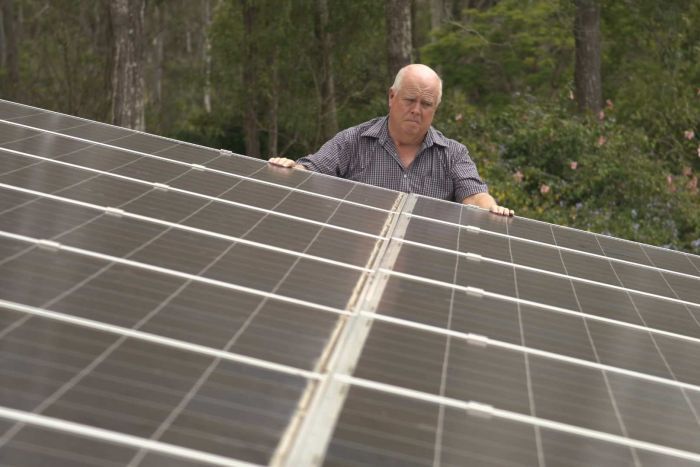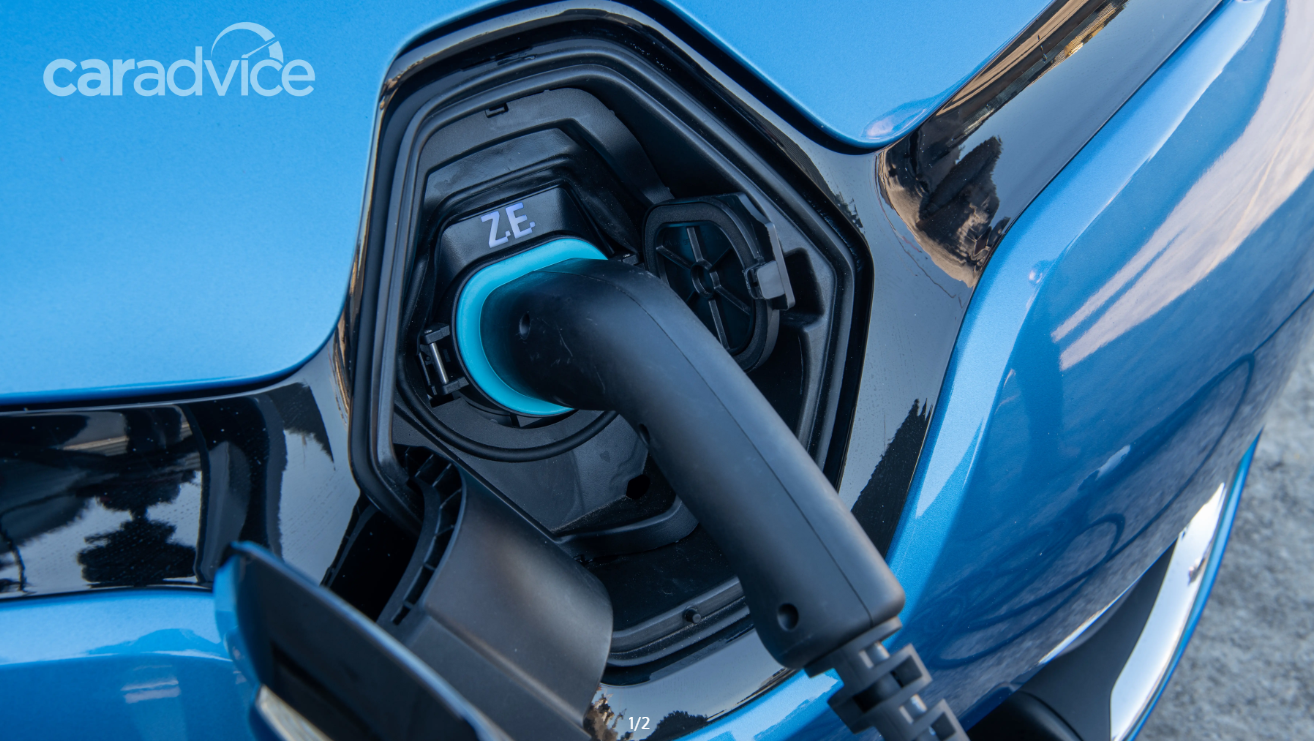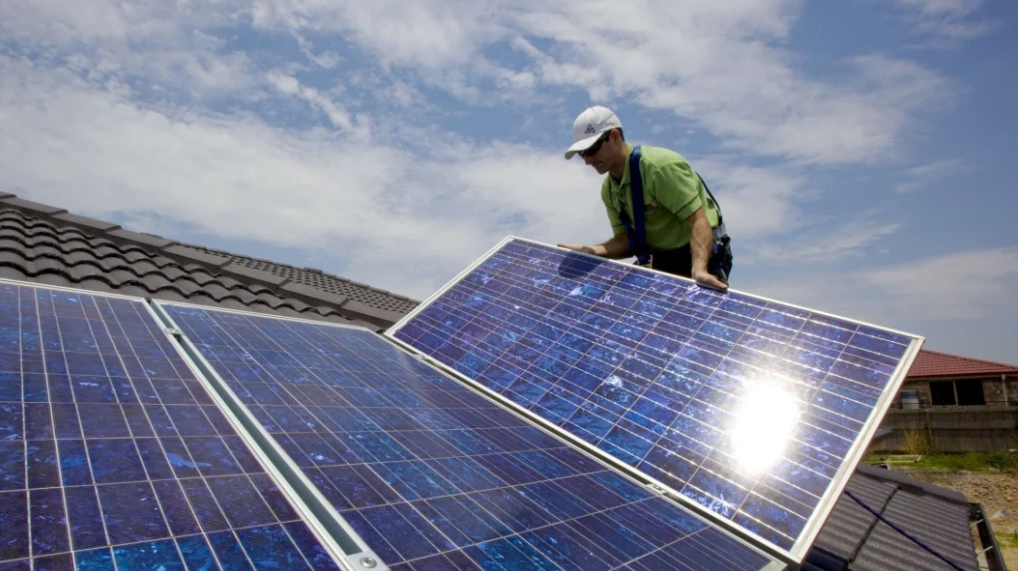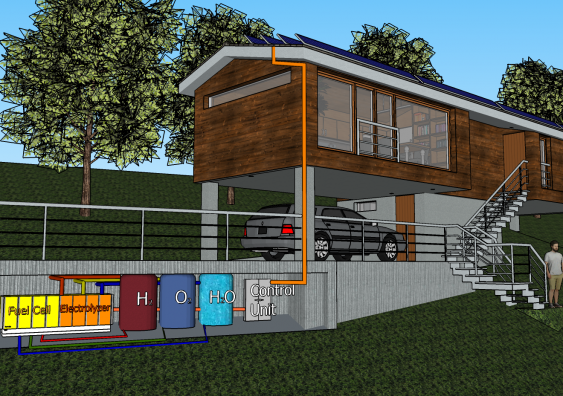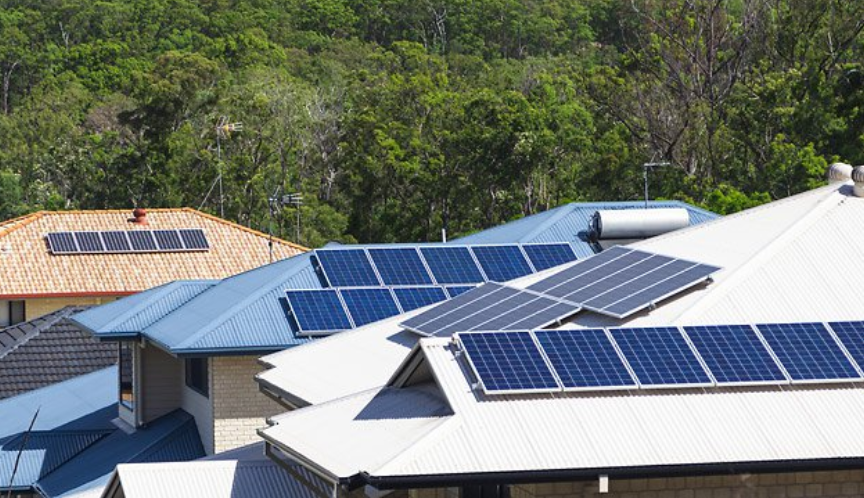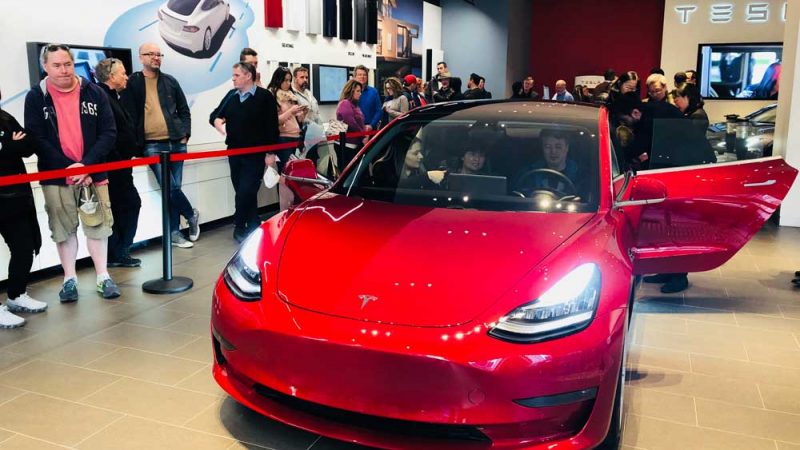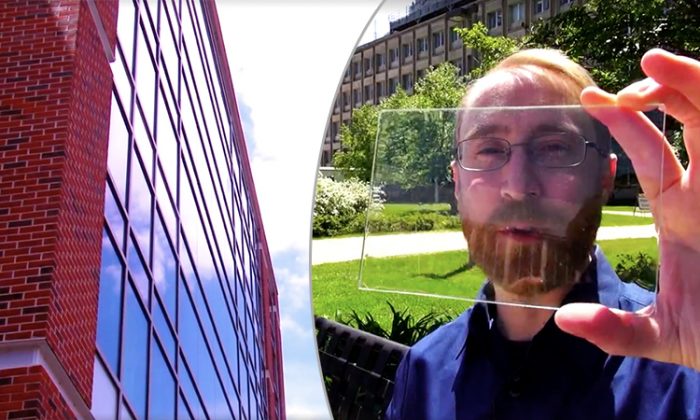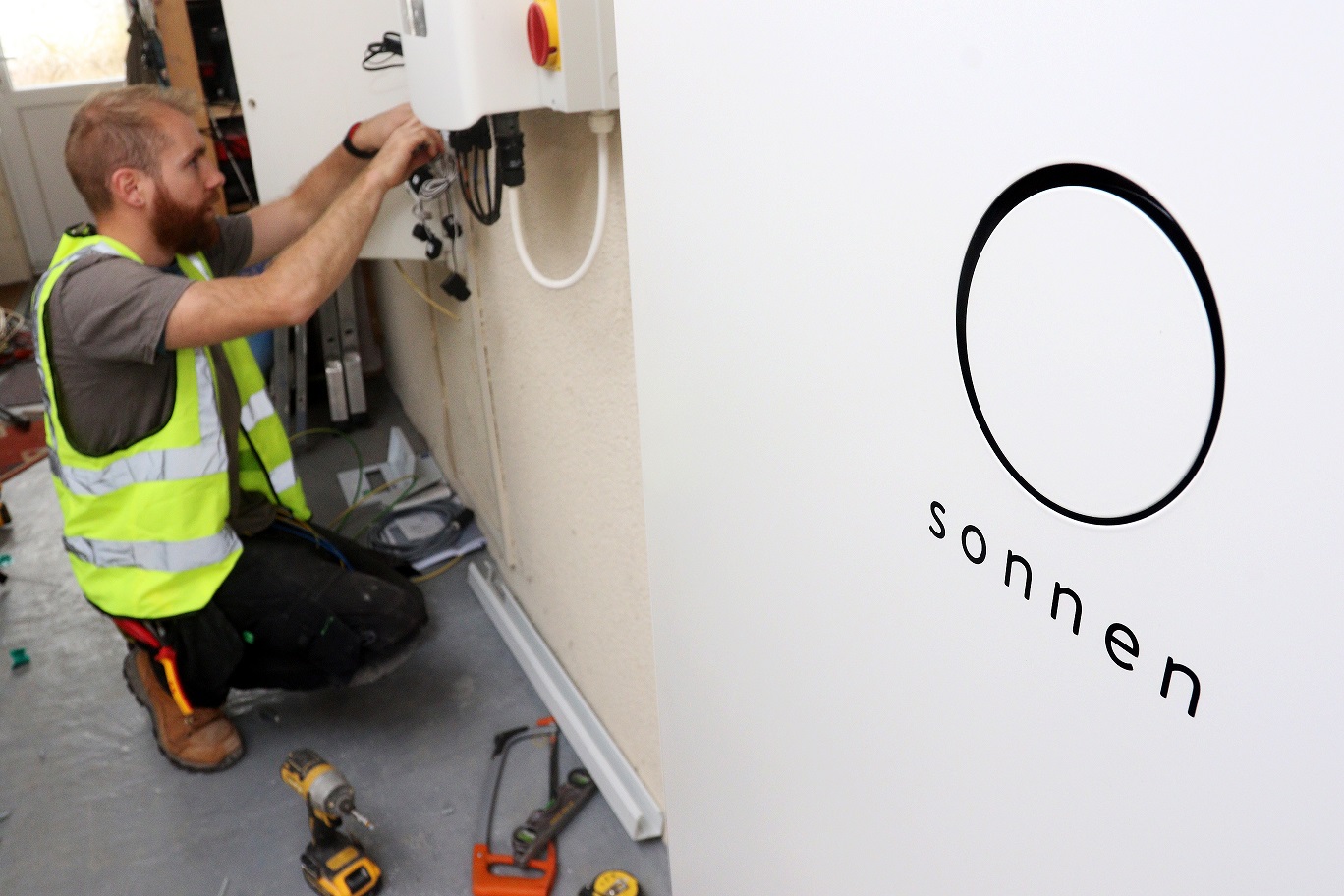By Liz Hobday, Chris Gillett and Danny Tran / ABC News
Australia’s solar industry is “effectively unregulated” and consumers are falling victim to “predatory” sales tactics which pressure them to buy expensive systems, according to new research.
New data released to the ABC’s 7.30 reveals concerns about the regulations around Australia’s burgeoning solar industry, which advocates say is outpacing laws designed to protect consumers.
The report poses serious questions for an industry which has installed solar panels on the rooftops of two million households.
According to the Sunny Side Up report from the Consumer Action Law Centre, close to 700 solar companies have gone out of business since 2011, leaving about 650,000 Australians with no recourse if their systems fail.
It found there were a number of “concerning trends” in the solar industry, including:
- “Predatory” high-pressure sales tactics
- Businesses going under, leaving people with worthless warranties and no recourse
- Australians being offered unaffordable credit to buy solar systems
Some solar businesses have also been known to “phoenix”, which refers to when they fold and then re-open in order to avoid paying out warranties or creditors.
“Unfortunately our solar sector is effectively unregulated,” said Gerard Brody, from the Consumer Action Law Centre.
“Many providers out there [are] looking at things like the government subsidies that are in place and are swarming like bees to a honeypot, wanting to make as much money, but not really interested in delivering a quality product and service.
“I think people that have managed to not have any problems whatsoever are probably the lucky ones. There are many people out there that have problems.”
‘After 20 years we might get our money back’
For people like Alex Smith, the choice to install solar at his property in Brisbane’s west has been a costly mistake.
Mr Smith’s solar system, which was installed in 2012 by Origin Energy, cost him about $9,000 after government subsidies.
He was hoping to lower his solar bills to just $100 a quarter.

PHOTO: Three of Alex Smith’s solar inverters failed before he complained to the Office of Fair Trading in Queensland. (ABC News)
But those expectations were soon shattered.
“The efficiency of the system was nowhere near what I was told it would be and the returns were very disappointing,” Mr Smith said.
“It became obvious very quickly that it was not delivering anywhere near the sort of return that a three-kilowatt system should.
“For the $9,000 investment, the dent it’s made has not been worthwhile. I think possibly after 20 years we might get our money back.”
In addition to being in the wrong place on his property, Mr Smith said three of his solar inverters failed.
The first two failed within his five-year warranty period.

PHOTO: Alex Smith paid $9,000 to install solar panels on his property in Brisbane’s west. (ABC News)
“It failed again for a third time just in February and Origin say: ‘Well of course now it’s all out of warranty, we’ll replace it for you at a cost, $2,600 to replace it and by the way, we know that brand’s no good, so we’ll use a different brand,'” he said.
“They’ve acknowledged that the brand was not fit for purpose, that they’ve had to change brands, but they still expect me to stump up the $2,600 to pay for it. I don’t believe under consumer law that’s fair.”
Mr Smith lodged a complaint with the Office of Fair Trading in Queensland.
Origin Energy refunded him after 7.30 made enquiries on his behalf.

PHOTO: Jon Briskin from Origin Energy conceded the company made a mistake in its dealings with Alex Smith. (ABC News)
“We always try to put our customers first and get things right for our customers. Now unfortunately in this situation, we made a mistake and we didn’t get it right,” said Jon Briskin, Origin’s executive general manager of retail.
“I understand it’s since been fixed and we’ve offered to replace that inverter at no charge.
“There were historical issues in the industry across solar inverters, but we stand behind our products, we stand behind our service.”
‘Too many shonks in the system’
But Mr Smith is one of the few customers to have his matter resolved.
The chairman of Australia’s Competition and Consumer Commission, Rod Sims, acknowledged the industry is grappling with issues.
“You just saw this swarm of people come into a market where you actually didn’t have many people in the market,” Mr Sims said.
“So a whole lot of new players came in and that’s always a bit of a worry,” he said.
Mr Brody has called for stronger regulations around the sale of solar in Australia.

PHOTO: Rod Sims from the Australian Competition and Consumer Commission has acknowledged the solar industry is dealing with issues. (ABC News: Andrew Kennedy)
“There is a problem with too many shonks in the system,” he said.
“Australia obviously needs to move to carbon neutrality. Solar is a key way to ensure that we do have renewable power but we need a consumer protection framework,” he said.
“We need rules and standards in place to ensure people are protected.”
Solar panel recycler overwhelmed with demand
As new solar installers flood the market, so do the number of panels heading to the landfill.
Solar panels are meant to last for about a quarter of a century, but the first wave of solar panels are reaching the end of their life, or failing because of wear and tear.

PHOTO: Solar panel recycling company, Reclaim PV, recycles about 40,000 panels a year. (ABC News)
Most solar panels are destined for landfill but a small company near Adelaide is leading the way in recycling them and it is barely keeping up with demand.
“We’re doing about 500 to 600 [panels] a day,” Clive Fleming from Reclaim PV said.
“We collect panels from all around Australia.
“Every state of Australia, we collect them and bring them back to our facility in SA. We’re working eight hours a day, sometimes 10, and we’re recycling about 40,000 panels a year.”

PHOTO: Clive Fleming from Reclaim PV says the company gets hundreds of emails a month. (ABC News)
Reclaim PV strips down panels to their components and is able to recycle about 90 per cent of the materials.
But Mr Fleming said the size of Australia’s solar waste problem was being underestimated.
“We literally get hundreds of emails a month saying ‘I’m sick of taking these things to landfill’,” he said.
“Australians should be concerned about solar panel waste, it’s an emerging issue that’s coming up quickly.”
Energy Stuff specialises in Residential Solar with emphasis on Repairs, Replacements and upgrades. We also provide new systems, battery storage, Off-Grid systems and smart monitoring systems so call us if we can be of support 1300 656 205 or go to our website at http://www.energystuff.com.au
